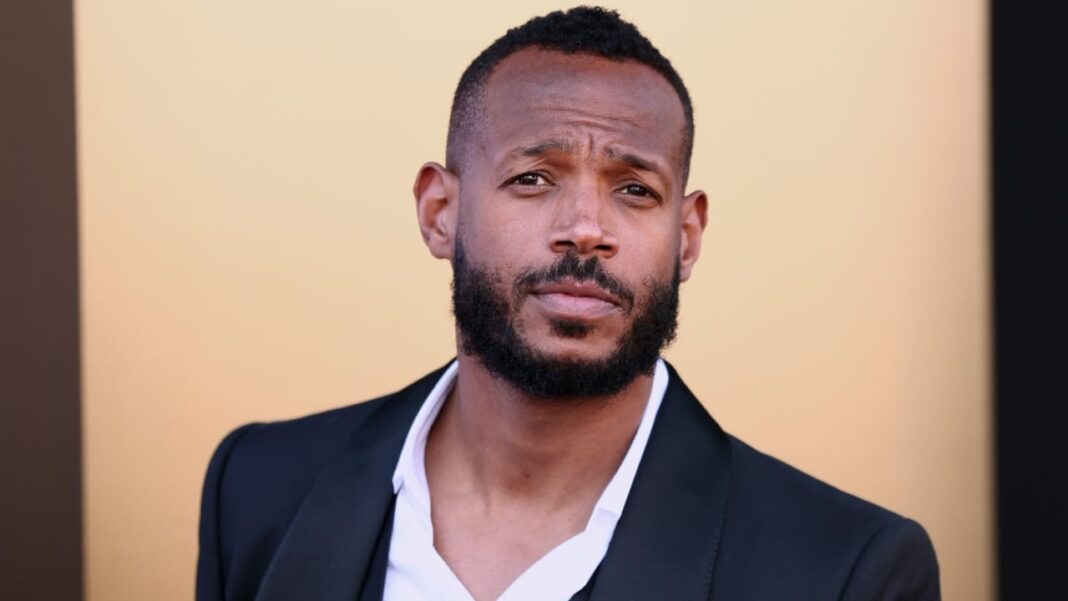Marlon Wayans Responds to Mixed Reception of HIM
Marlon Wayans has recently taken to social media to address the mixed critical reception of his latest film, HIM. The actor and producer acknowledged the film’s low Rotten Tomatoes score but emphasized an important point: critics do not always dictate a movie’s legacy. His candid response reflects his deep respect for the craft of criticism while also reminding fans that opinions can be subjective.
Embracing Subjectivity in Art
In his social media post, Wayans stated, “I respect critics. Their job is to critique. I respect their work. It shapes our industry.” His acknowledgment of critics’ roles sets a respectful tone, recognizing the importance of their feedback. However, he also highlights that “an opinion does not always mean it’s everyone’s opinion.” This perspective is particularly relevant in an age where public and critical reception can significantly influence a film’s success or failure.
Wayans went on to remind fans that some films, which may initially be misunderstood or dismissed, can ultimately become classics. He referenced his own career, citing instances where movies with low critical scores—like White Chicks (15%), Don’t Be a Menace in South Central While Drinking Your Juice in the Hood (32%), and Scary Movie 2 (13%)—eventually garnered significant fan affection and cultural longevity.
The Transformation in HIM
HIM, produced by the renowned Monkeypaw Productions under Oscar winner Jordan Peele, marks a dramatic shift for Wayans, who is widely recognized for his comedic roles. In this film, he portrays Isaiah White, an eight-time championship quarterback whose life drastically changes after a life-threatening attack. His character takes on the role of mentor to a rising football star, Cameron Cade (played by Tyriq Withers), leading both characters into uncharted psychological territory.
As the narrative unfolds, Isaiah’s mentorship sets the stage for a descent into psychological and body horror. The film takes place in an isolated compound, intensifying the themes of vulnerability and isolation that resonate throughout the story. This shift not only showcases Wayans’ versatility as an actor but also introduces audiences to a rare blend of sports and horror that challenges traditional genre boundaries.
Behind the Scenes: A Collaborative Effort
Directed by Justin Tipping, known for his work on KICKS, and co-written with Zack Akers and Skip Bronkie, HIM boasts a rich ensemble cast that includes Tim Heidecker, Jim Jefferies, Maurice Greene, Guapdad 4000, and Tierra Whack. This diverse cast promises to bring unique dynamics to the film, supporting Wayans’ central performance.
Tyriq Withers, who shares the screen with Wayans, expressed his admiration for the seasoned actor, stating, “A direct correlation with what I was experiencing as an actor… being opposite an iconic actor like Marlon Wayans inspired me to bring my best self to the screen.” This sentiment highlights the collaborative spirit that exists on set and underscores Wayans’ role as a mentor to emerging talent.
The Open Call to Audiences
In his social media message, Wayans concluded by urging fans to see the film for themselves. “Don’t take anyone’s opinion, just go see for yourself. Love to all. HIM in theaters now.” This rallying cry invites audiences to engage with the film beyond the confines of critical reviews, fostering a personal connection to the art of cinema.
With HIM now released in theaters, audiences are given the opportunity to explore this innovative fusion of genres. Wayans’ reflections on criticism and legacy provide a nuanced lens through which to appreciate the film, encouraging viewers to carve their own opinions rather than solely relying on established critiques.
An Unfolding Journey
As the film embarks on its journey in theaters, it stands poised to challenge perceptions and invite viewers into a narrative that blends drama with horror. Wayans’ insightful approach to both his craft and the critical landscape sets an empowering tone for HIM, promoting a deeper conversation about art, interpretation, and the subjective nature of experience in cinema.



